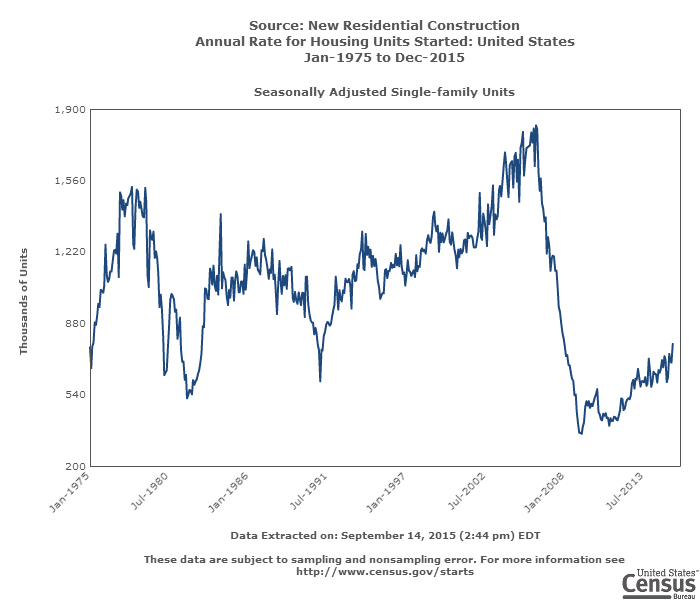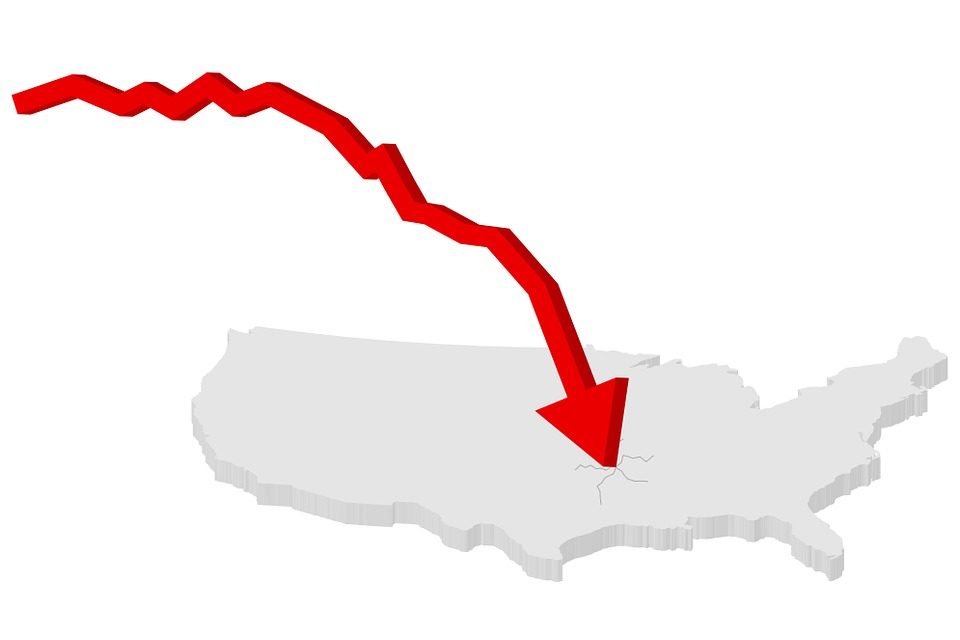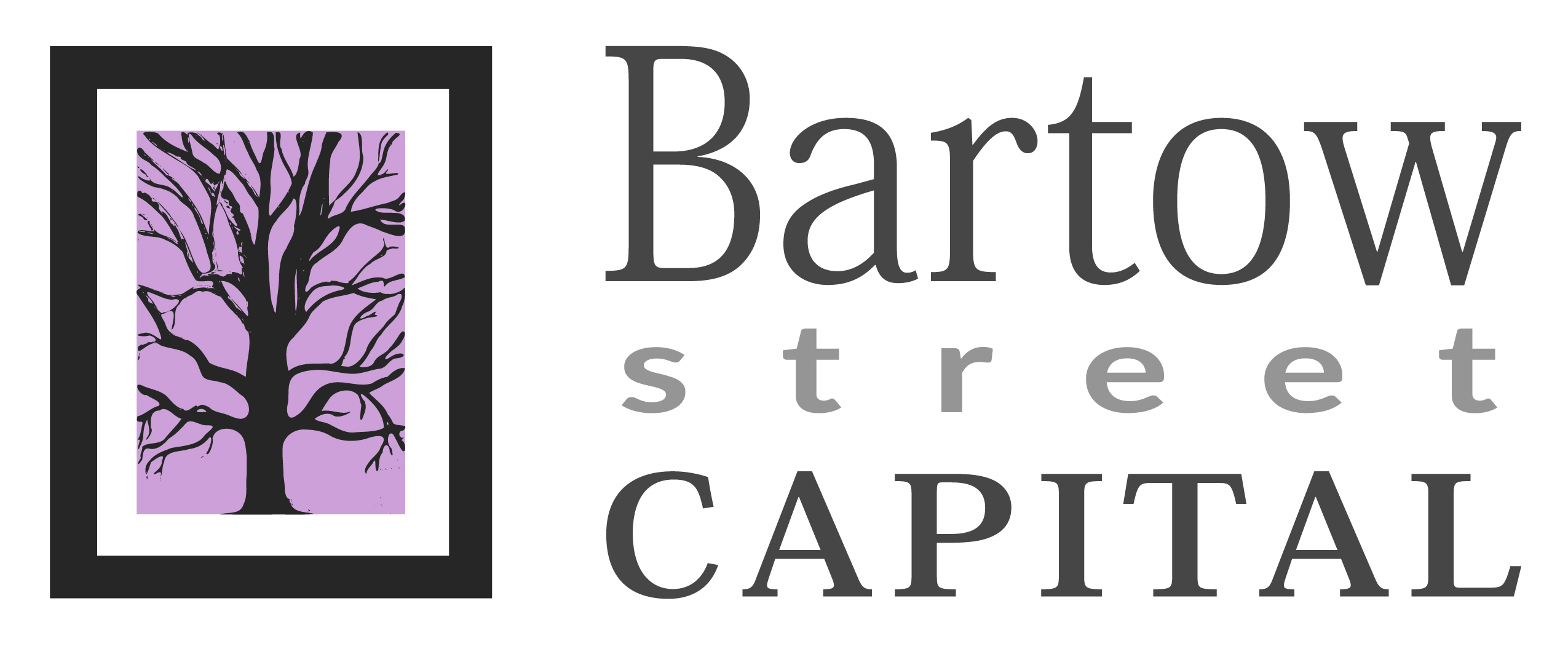The last housing bubble burst in late 2007, sending the United States into a recession from which it would take years to recover. The housing market collapse caused ripples in a wide range of industries and jobs. Realtors, developers, and builders all felt the effects of the seemingly sudden drop in house purchases and new home starts as well as the fallout from the massive number of foreclosures.
New home starts are a key indicator of housing activity in the United States. The number of new home starts is determined each month in a nationwide survey of permit offices and homebuilders conducted by the U.S. Census Bureau. The number of new home starts reached an astonishing peak in November 2005, plummeted to its lowest point in decades in March 2009, and has since been making a slow recovery.

Data released by the U.S. Census Bureau from its 2012 Economic Census revealed just how damaging the economic downturn was for homebuilders. The Economic Census studies U.S. business operations and economic performance in 5-year increments in years ending in 2 or 7. The most recent study looked at businesses from 2007 until 2012, and the results for the residential construction industry were recently released.
In the 1997 Economic Census results, more than 97,300 establishments whose primary activity was new residential construction could be found in the United States. The number of homebuilder establishments dipped to 88,912 in the 2002 Economic Census before peaking at just over 98,000 in the 2007 Economic Census. From there, the economy crashed and sent the housing industry into disarray as homebuilders struggled to stay afloat in the collapsing residential industry. Nearly 50,000 homebuilder establishments left the industry by 2012, with only 48,557 homebuilders remaining in the most recent Economic Census as the country began recovering from the downturn.
The National Association of Home Builders (NAHB) has reported a similar drop in membership numbers. NAHB single-family and multifamily homebuilder membership dropped 54% from 2007 to 2012, just a bit more than the 50% decrease the Economic Census showed in the number of residential builder establishments.

Homebuilder data from U.S. Census Bureau and NAHB.
Three years later, the market is on its way to recovering, with both last year and this year being strong years for home sales. NAHB’s 2015 annual International Builders Show (IBS) was held in Las Vegas in January in conjunction with the Kitchen and Bath Industry Show, and attendees noted that the large crowds were similar to those seen before the recession. It will be a few more years before we have data showing whether the number of homebuilders has recovered, but many seem cautiously optimistic.
However, economists are already debating when the current cycle of economic expansion will end. Bloomberg News surveyed a group of economists September 4 through 9, and the median response estimated a 10% chance of a U.S. recession within the next 12 months. Eleven of 31 respondents (35%) believed that the next U.S. recession would occur in 2018.






Recent Comments